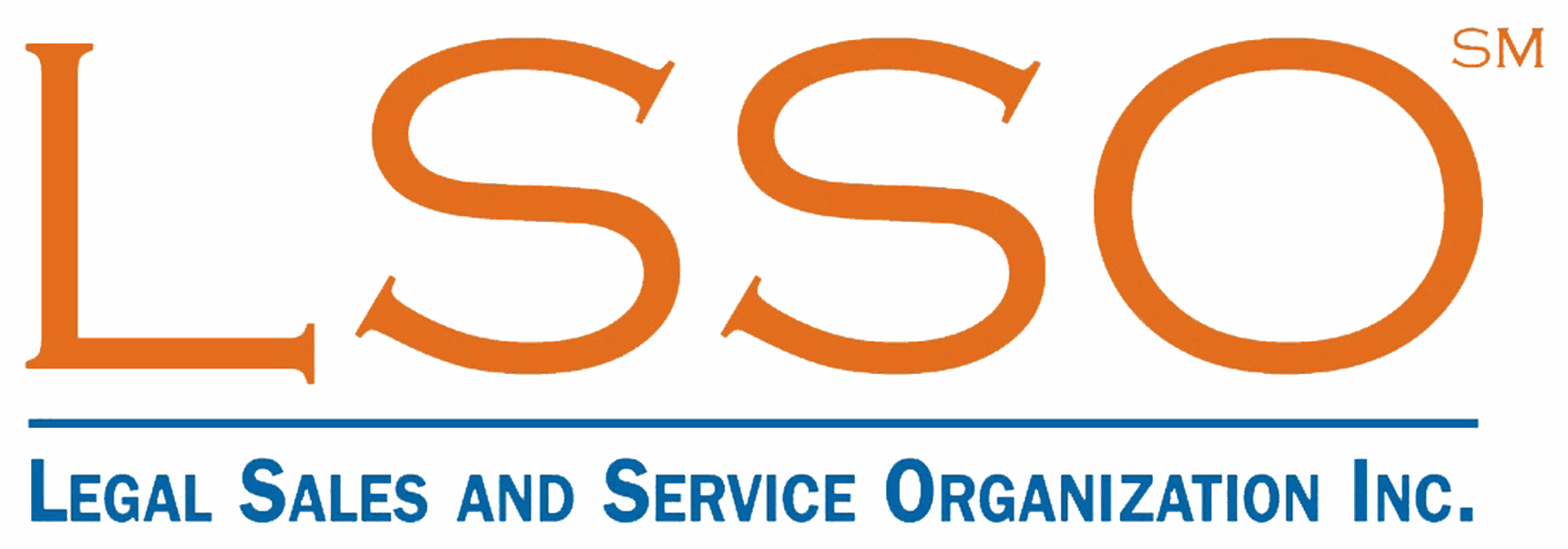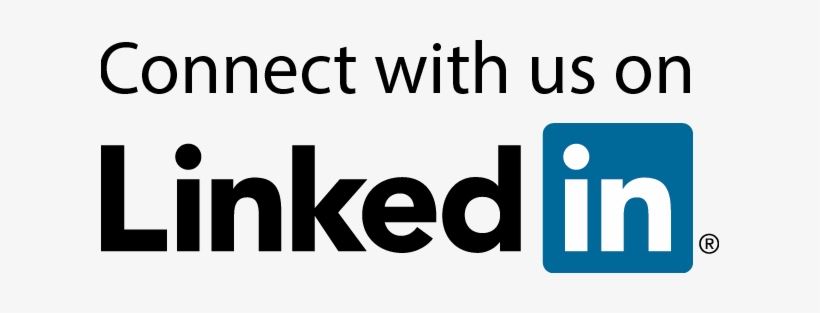By Steve Bell
In the previous installment, we examined how innovative professional services sales professionals have addressed the new reality posed by COVID-19. We concluded that although salespeople and lawyers have implemented new twists, primarily, these are variations on existing techniques and technologies. It seems that all continue to compete with a common set of tools, which leads to the question: How then do they differentiate and get ahead?
The difference-maker may not be the tools in the toolkit, but rather the manner in which the tools are applied, which is to say, the skill in designing and operating an integrated sales process, something still relatively new in the world of law firms.
While creating a sales process sounds like a big chore, it really is not that complex, involving simply the creation of case studies of how key engagements were won, and then reverse-engineering the steps that led to those wins.
Here’s an example. Say a firm considers the mutually satisfying, expanding, highly profitable relationship with its top client. How did the firm acquire such a client? By landing the first assignment and delivering world-class service at the right price and in the right style so that additional opportunities from the same client emerged. How did the firm get to the point that it could do this? It followed up with the company when it was but a prospective client until the relationship matured and an opportunity to serve surfaced. How did it get to the position where it could follow up? It opened the door and got the first meeting. How did it get the first meeting? It targeted the company and used research to identify topics that would interest and intrigue the primary buyer. When the buyer’s interest was aroused, she requested outreach from the law firm, although the firm itself had simultaneously asked for a meeting. How did the firm know whom to target? It understood its own strengths and weaknesses and analyzed at which companies – including its now top client -- those strengths and capabilities were the best fit.
When this simple analysis of how the sales win came about is complete, it’s easy to turn the steps around, yielding a proven, efficient, replicable sales process. Using the above example, here is the resulting sales process:
- Understand the firm, its strengths, weaknesses, capabilities, reputation and differentiators; Understand oneself
- Develop targets based on this understanding
- Research
- Follow up
- Open the door
- Land the first assignment
- Deliver world-class service
- Expand the relationship
Understand self
Of course, every lawyer knows his or her own professional persona – education, job history, area of practice, additional skills and certifications, cases won or transactions closed, and so forth. Most lawyers, however, know very little about the professional skills, experience, and achievements of the other individuals in their firms. This lack of knowledge can result in a missed sale when a client mentions an area of need outside the pursuer’s expertise and he or she does not have a reasonably ready answer about what others in the firm can do and provide.
And how about non-technical strengths? As a certified Gallup Strengths Coach, I have helped scores of lawyers understand their personal attributes – areas of strength and areas of weakness. As part of such personal-understanding exercises, it’s also valuable to contemplate the personal strengths and weaknesses of clients and prospective clients. Such an understand of self and client helps home in on the best way to communicate with and relate to clients and prospective clients.
The Gallup Organization codified all of this in its Strengths Finder, in which it identified 34 attributes that all humans possess. When using the top 5 or 10 strengths, people find the work easy, efficient, and refreshing. They probably can tap into the other 29 or 24 attributes when necessary, but doing so may not be easy, enjoyable or energizing. In such instances, the pursuer may want to find ways to engineer around their weaknesses by teaming with others who have complementary strengths. We include this suggestion, because the first step in our process is “know ourselves.” This means knowing not only our firms in a technical sense, but also our personal strengths and the strengths of those around us.
Now, let’s walk through two other early critical components of an effective sales process.
Targeting
Candidly, most law firm target lists consist of aggregations of business cards gathered at the hors d’oeuvre table at business meetings, or lists of people that the lawyers know. However, considering the amount of time and resources that will be invested in a formal sales process, it’s important to recognize that more discipline than that is necessary to prepare a truly aligned target list. Here’s a list of sample targeting criteria.
Great Target Lists
- Individuals
- Large, complex issues we can address
- Understand big-law-firm economics
- Know us and like us
- Not locked into another firm
- Right geography
- Resemble clients we already serve well
- Fun to serve
Law firms certainly will choose their own attributes of good targets, but no matter which criteria are selected, it is most helpful to list them in advance so all can focus on the right targets and avoid those that are not in alignment with stated goals.
In addition, it’s important to have the right number of targets. Most lawyers have far too few targets, or far too many. In the first category are lawyers who say they have two or three targets – not nearly enough to take up even an hour per week of client development time. Other lawyers have dozens or hundreds of targets. That’s far too many, and it generates sales paralysis; no human being can launch and maintain relationships with that large a list.
Here’s a way to think about the appropriate number of targets. If a lawyer has one hour of client development time per week, she or he should have 24 targets. This number is derived by the number of 15-minute segments in an hour (4); 15 minutes is plenty of time to forward a target an interesting article, send a birthday card, point out what the target’s competitor is doing, or undertake some other relationship-advancing activity. Some of the most-experienced professional services sales consultants contend that a prospective client must be “touched” at least once every six weeks if that target is to keep the seller near the top of mind. That’s where the number six in targeting calculator comes from. Multiply six by four (the number of targets that can be touched in an hour in one week), and the result is 24 targets. For those who have two client development hours per week, 48 targets are needed, and so on.
Target Calculator
Weekly Client Development Hours
x4
x6
= Proper Number of Targets
Those who are just starting won’t get to the proper number of targets instantly, but, but rather over a year or more.
Here’s another way to calculate the right number of number of targets starting with the number of engagements needed. If a lawyer needs one new engagement, and he or she, on average, wins work from one in 10 prospective clients with whom meetings are set, and the lawyer can schedule a meeting with a prospective client once out of every 10 tries, then she or he needs 100 targets -- 10 meetings leads to one new engagement.
Target Calculator
Number of Engagements Needed
x Proposal Success Rate
x Meeting Acquisition Rate
= Proper Number of Targets
Of course, many will have better results than that. Say the need is one new engagement, that the get-a-meeting success ratio is 1:6, and the new-clients-from-meetings ratio rate is 1:4, 24 targets are needed.
Everyone has his or her own experience rating. Some appear to get a meeting every they ask. Some seem to win every opportunity they attempt. Some don’t come anywhere close to these numbers. But it’s only numbers, not a value judgment. We advise lawyers to start where they are and to improve what they can improve to achieve their optimum experience ratings. But always, we remind them, make sure to undertake sufficient numbers of targets to create the results needed.
Research
Public company information, such as SEC 10-K reports, reveal much about a company for those who know how to read and interpret this information. Handing unfiltered 10-Ks to lawyers, however, may not be productive, because very few lawyers are trained to understand the application of public company reports to business development. Still, it’s incredibly important to have this information. We often recommend engaging an outside service to perform this function, or to make sure that professionals inside the firm know how to do it well on behalf of the lawyers. This analysis capability addresses three of the needs that lawyers want most from their lawyers. The first is understand the business. Second, understand the business. Third, understand the business.

